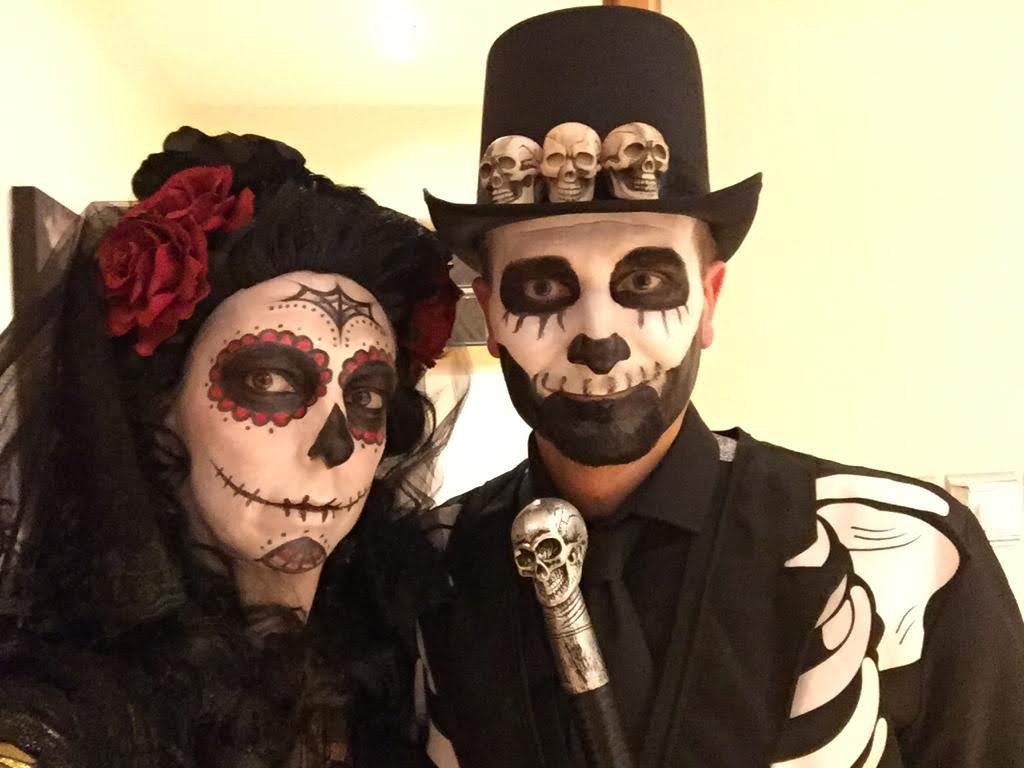The Chain of Destruction
I’ve just finished the excellent documentary “The House I Live In” (thanks to D for recommending). It’s a fascinating look at the consequences of the so-called ‘War on Drugs’, which is really just a proxy war against an entire class of humanity with no end in sight. It’s created a criminal problem from a public health issue and applied policing solutions to it, the wrong answer to the wrong question.
Near the end of the documentary, this particular piece caught my attention. I think it summarises well just how something like this can happen and continue to happen in a society. It also speaks to a wider issue – the marginalisation of certain out groups and how that identification process can lead down a dark road.
“My father was a war crimes investigator in Europe after World War Two, and we often talked about his experiences. I was reading the work of Raul Hillerg who wrote about the destruction of European Jews in the Holocaust. I realised that there was a chain of destruction, that what he was talking about could be expressed as links in a chain.
Around the world in more than one society, people do the same things, again and again, decade after decade, century after century.
Now this chain of destruction begins with the phase we can call Identification, in which a group of people is identified as a cause for the problems in society. People start to perceive their fellow citizens as bad, they’re evil. they used to be worthwhile people, but now all of a sudden for some reason their lives are worthless.
The second link in the chain of destruction is ostracism, by which we learn to how hate these people, how to take their jobs away, how to make it harder for them to survive. People lose their place to live, often they are forced into ghettos where they are physically isolated, separate from the rest of society.
The third link is confiscation. People lose their rights, civil liberties. The laws themselves change so it’s made easier for people to be stopped on the street, padded down and searched, and for their property to be confiscated. Now, once you start taking peoples property away, you can start taking the people themselves away.
And the fourth link is concentration. Concentrate them into facilities such as prisons camps. People lose their rights, they can’t vote anymore, or have children anymore. Often their labour is exploited in a very systematic form.
And the final link in the chain is annihilation. Now this might be indirect, by say withholding medical care, withholding food, preventing further birth. Or it might be direct, where death is inflicted or people are deliberately killed.
These steps tend to happen of their own momentum, without anybody forcing them to happen.
I think a lot of people would be disturbed and outraged by the thought that any part of this process could be going on in America. But it wasn’t until I began studying the drug war that I realised some of these same steps were happening.
[..}
It’s important to remember or realise, it isn’t that the war on drug users is the same as what happened in other societies, but that both are a wars on ordinary people, people who are just like us.”
— Richard Miller
These five links – Identification, Ostracism, Confiscation, Concentration and Annihilation – are important to recognise. Look around you. Who has been identified as an other? Any marginalised group that can be identified by some apparent or manufactured identity is on the first link of that chain. Once fear has been generated, people on the edges begin to scramble away from the target group lest they too be lumped in with the new ‘enemy’. The power is with the identifiers, not the identified. People tend to want a quiet life, most people have enough to do day to day without getting involved in political action, so they either undertake a form of ‘working towards the Fuhrer‘ as Ian Kershaw termed it, or at best simply keep their heads down lest they become one of ‘those people’ by association.
Nothing ever starts with the last link in the chain, and the time to stop it is at the first link.
